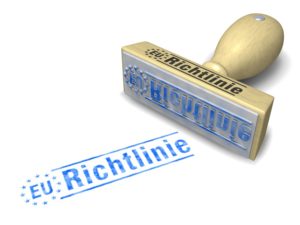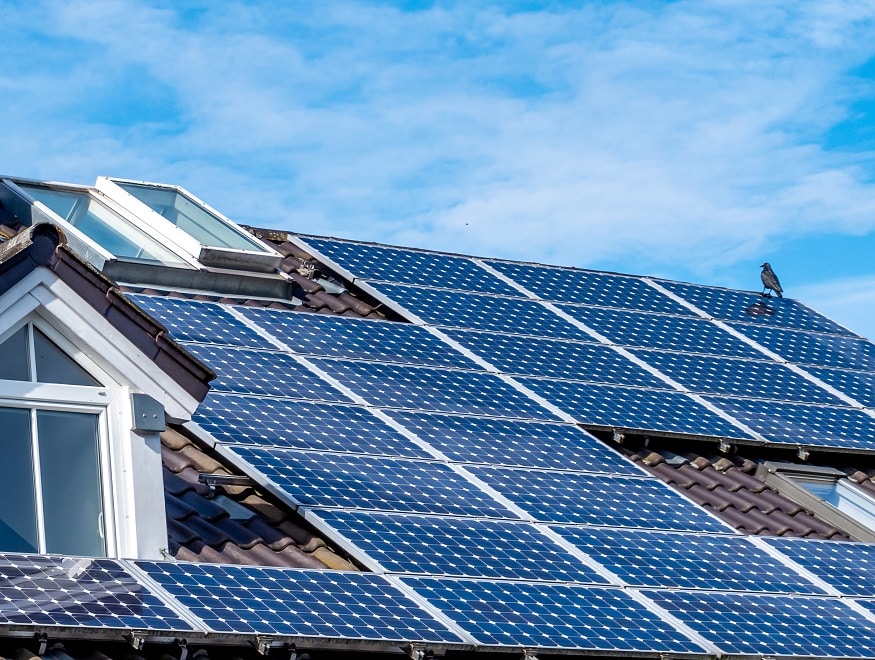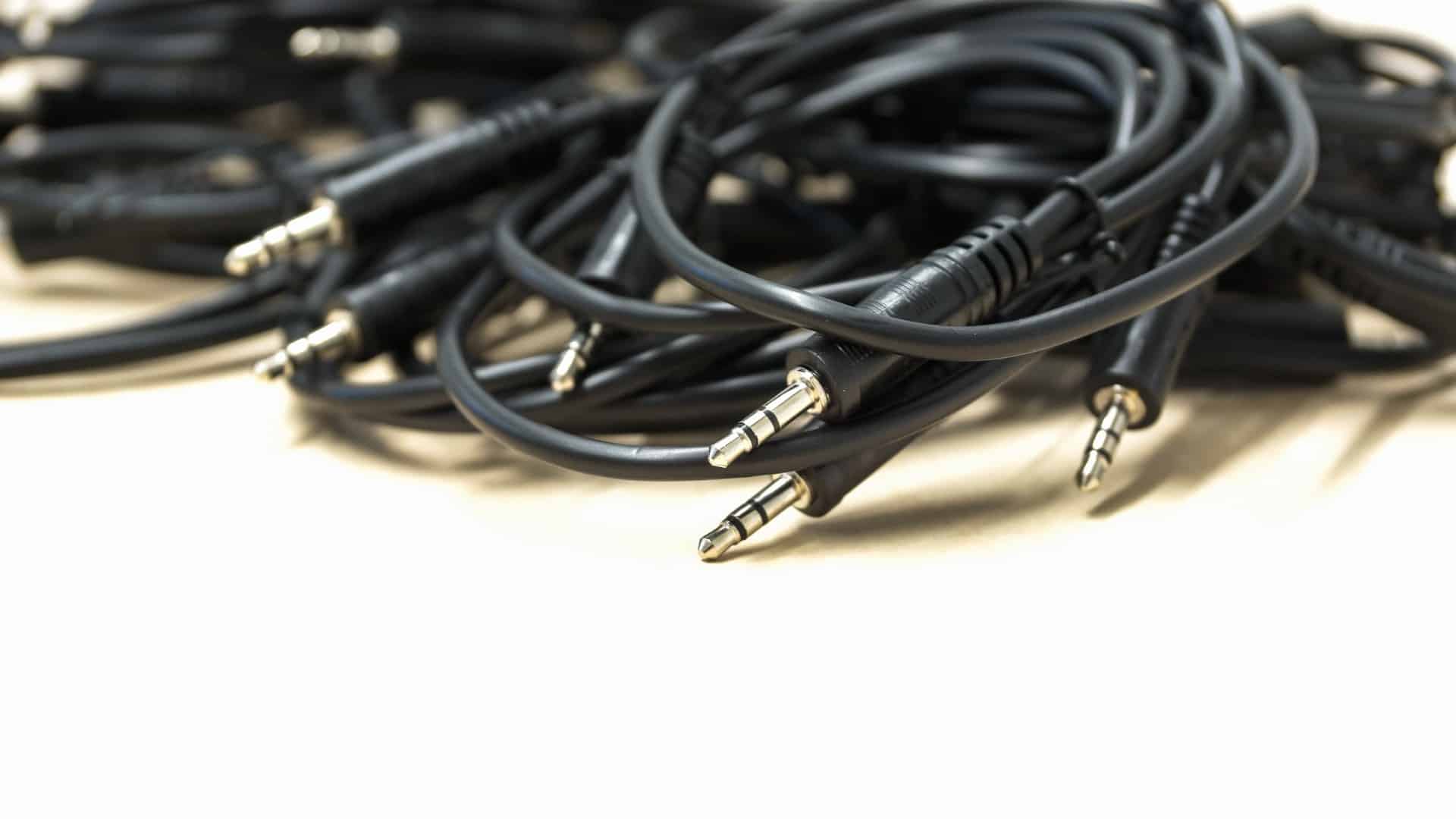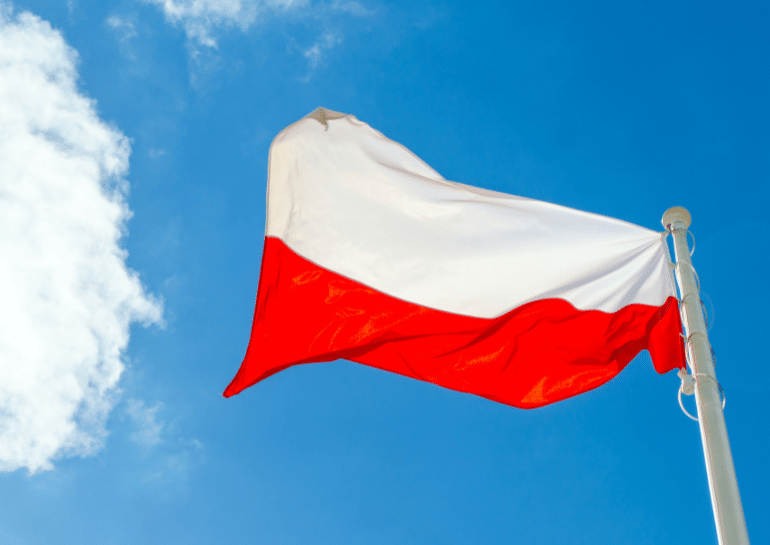Directive 2012 19 EU: Implications for producers and distributors of electrical equipment
Kettle, dishwasher or torch – electrical appliances can be found everywhere, whether in our homes as kitchen appliances or the PC in the office. And at some point they they break down after use and have to be disposed.
In fact, the amount of waste from electrical and electronic equipment in the EU has risen sharply in recent years. The substances contained in WEEE are dangerous and can pose a risk to human health and nature. Furthermore, the large amount of waste proves to be a concern when it comes to sustainability, nature conservation and the protection of resources. In response to this, the EU therefore adopted the WEEE Directive in the past (now Directive 2012 19 EU), which deals with the waste management of WEEE.
In addition to looking at the consumers of the equipment, there is also the question of the producers of electrical equipment: What does Directive 2012 19 EU mean for them and what are your tasks and obligations as a producer? This is what we at Deutsche Recycling present to you in this article.

Directive 2012 19 EU – what is it?
Directive 2012 19 EU came into force on 13 August 2012 and regulates the disposal of electrical and electronic equipment in general. It is also called WEEE Directive 2012/19/EU. In Germany, it is anchored nationally by the Electrical and Electronic Equipment Act (ElektroG). An important pillar is product responsibility. This means that manufacturers have the responsibility to dispose the product properly throughout its entire life cycle.
Directive 2012 19 EU: Goals
What is the purpose of Directive 2012 19 EU? The 2012 19 EU Directive aims to prevent waste from electrical and electronic equipment. It also aims to reduce the amount of waste by reusing, recycling or otherwise recovering used electrical equipment. Overall, the sustainability of products is to be expanded and long-term sustainability and longevity are to be achieved. In order to be able to pursue this goal, the handling of waste electrical and electronic equipment is defined in the 2012 EU Directive.
Directive 2012 19 EU: Contents
Directive 2012 19 EU states that EU member states must ensure that producers of electrical and electronic equipment take back and recycle or ensure the recovery of electrical and electronic equipment after use. In addition, Directive 2012 19 EU stipulates that before a new electrical and electronic equipment is put into circulation, producers must finance it so that it is ensured that the old electrical and electronic equipment is disposed of in an environmentally sound manner. Traders are also required in some cases to take back old equipment from private households. Information on this is provided in the EU Directive 2012 19 on the collection, recycling and recovery of WEEE and its objectives.
What should be taken into account when collecting old electrical appliances? It is important to note that the appliances do not belong in the residual waste, but must be separated from it. At the same time, there are no costs for private end-users when returning the equipment – these are borne by the manufacturers as part of product responsibility. The systems for the collection of WEEE are installed in proportion to the size of the population. In addition, Directive 2012 19 EU decides on a binding collection target for each EU Member State that must be achieved.
By the way – Directive 2012 19 EU also regulates the technical conditions such as the storage and treatment of old electrical appliances and their minimum requirements.

Directive 2012 19 EU: Implications for traders
What do manufacturers and distributors of electrical equipment have to take care of? Roughly speaking, there are several obligations under Directive 2012 19 EU.
- Registration obligation: Producers must register their electrical and electronic equipment with the Foundation for Waste Electrical Equipment Register (EAR). This process must happen before the equipment goes into circulation.
- Disposal obligation: After consumers have used the electrical and electronic equipment, producers are obliged to dispose of the old equipment. The producer can organise the disposal through registered or own collection points. Examples of collection points are recycling centres or own shops.
- Labelling obligation: Let us remember once again the binding collection target for the EU states. In order for this to be achieved, producers must label their electrical appliances. You will certainly be familiar with the symbol showing a crossed-out dustbin. In this way, consumers know that the electrical appliance must not be disposed of in household waste and must be collected separately.
Attention: If the producer does not have a location in Germany, he must still comply with Directive 2012 19 EU via another authorised person.
Directive 2012 19 EU: Deutsche Recycling helps here
As a manufacturer of electrical and electronic equipment, would you like to hand over compliance with the directive to a professional partner so that you can be sure of properly fulfilling your obligation under Directive 2012 19 EU? We at Deutsche Recycling offer you a comprehensive service for this as part of environmental compliance: We advise and support you and determine which obligations you must fulfil. We offer you 100% legal compliance, liability and cost efficiency.
Do you have any further questions about Directive 2012 19 EU? Then contact us. We will be happy to help you.





